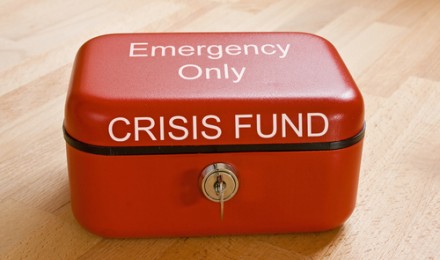There are big differences in the theories behind growth and value, and big differences in the psychology behind those who invest in either manner. Rather than choose one, many people build a portfolio that combines the best of both worlds. Have part of the portfolio based in growth stocks that will provide a rapid increase in portfolio worth. But at the same time, have a portion of the portfolio in value stocks that will stay the course for the long-term bringing in dividends.
A blended growth and value portfolio is not the same as adding bonds to a portfolio. A growth and value blended portfolio will have more volatility than a portfolio that contains bonds. It will still capture the ups and downs of the stock market, and might still be too aggressive for many investors. It will capture the rapid upward movement of growth stocks and store money in value stocks. If the market drops, however, the portfolio is not safe from downward movement.
To build a blended portfolio, you need to assess your risk tolerance. A higher risk tolerance will want more money invested into growth stocks, a lower (still scoring above balanced) score will want less invested in growth. An aggressive investor will want to look at taking about 70% of their portfolio, and investing it in growth stocks. The remaining 30% will be invested in value stocks. Theoretically the growth stocks will increase in price much faster than the value stocks, leading them to make up more of the portfolio. When this happens the investor should rebalance to maintain the 70% growth 30% value. Essentially he or she is capturing the upticks in with the growth, and then moving the money to be stored in the value stocks.
With a blended portfolio (or any portfolio), you need to pay attention to what is going on. During a year when the growth stocks (or value stocks) perform exceptionally well, the portfolio can quickly get out of balance. Make a note on your calendar to rebalance every 6 months or so. As long as you’re comfortable with the allocation between growth and value, don’t consider rebalancing more than twice a year. If you find yourself worried about your allocation, you may want to consider a less volatile portfolio and increase the percentage of bonds in your portfolio.
The blended investment can be a great way for those who want to take risk, capture, and store their returns. It can be great for those who do not mind a taking risk to capture gains. It is not good for those who need the safety of bonds or other fixed income investments. If you have what it takes to pay attention, this type of portfolio can be build out of individual issue stocks. But the easier way is to have it all built out of mutual funds, many of which will do the heavy lifting for you. For even closer attention, hiring a financial advisor may be the way to go.
There are big differences in the theories behind growth and value, and big differences in the psychology behind those who invest in either manner. Rather than choose one, many people build a portfolio that combines the best of both worlds. Have part of the portfolio based in growth stocks that will provide a rapid increase in portfolio worth. But at the same time, have a portion of the portfolio in value stocks that will stay the course for the long-term bringing in dividends.
A blended growth and value portfolio is not the same as adding bonds to a portfolio. A growth and value blended portfolio will have more volatility than a portfolio that contains bonds. It will still capture the ups and downs of the stock market, and might still be too aggressive for many investors. It will capture the rapid upward movement of growth stocks and store money in value stocks. If the market drops, however, the portfolio is not safe from downward movement.
To build a blended portfolio, you need to assess your risk tolerance. A higher risk tolerance will want more money invested into growth stocks, a lower (still scoring above balanced) score will want less invested in growth. An aggressive investor will want to look at taking about 70% of their portfolio, and investing it in growth stocks. The remaining 30% will be invested in value stocks. Theoretically the growth stocks will increase in price much faster than the value stocks, leading them to make up more of the portfolio. When this happens the investor should rebalance to maintain the 70% growth 30% value. Essentially he or she is capturing the upticks in with the growth, and then moving the money to be stored in the value stocks.
With a blended portfolio (or any portfolio), you need to pay attention to what is going on. During a year when the growth stocks (or value stocks) perform exceptionally well, the portfolio can quickly get out of balance. Make a note on your calendar to rebalance every 6 months or so. As long as you’re comfortable with the allocation between growth and value, don’t consider rebalancing more than twice a year. If you find yourself worried about your allocation, you may want to consider a less volatile portfolio and increase the percentage of bonds in your portfolio.
The blended investment can be a great way for those who want to take risk, capture, and store their returns. It can be great for those who do not mind a taking risk to capture gains. It is not good for those who need the safety of bonds or other fixed income investments. If you have what it takes to pay attention, this type of portfolio can be build out of individual issue stocks. But the easier way is to have it all built out of mutual funds, many of which will do the heavy lifting for you. For even closer attention, hiring a financial advisor may be the way to go.







